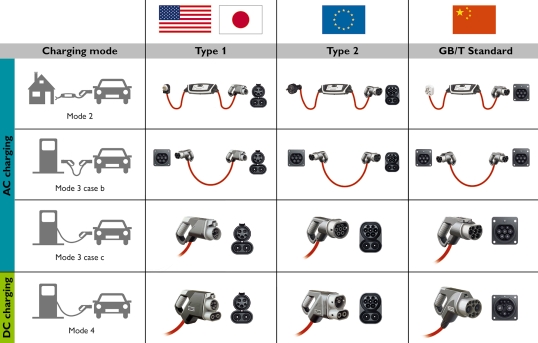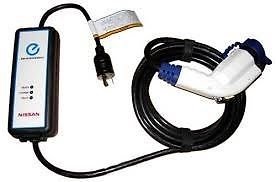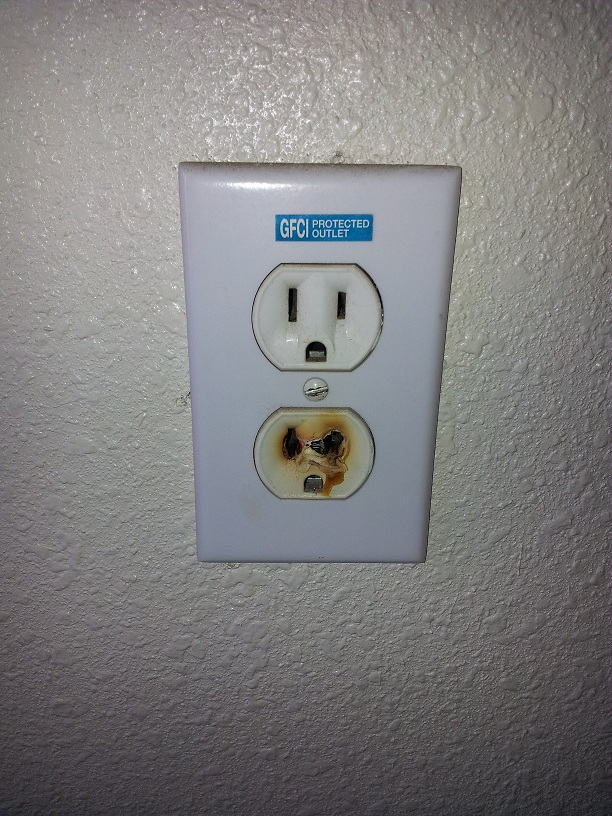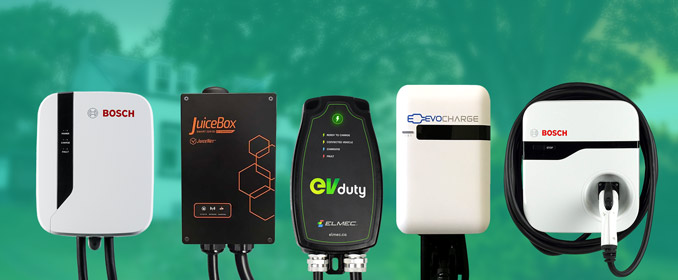Before going any further, there are some basic details you should know. Note that I'm writing about Europe, other regions may differ slightly.
The "easiest" way to charge an EV is in Mode 2: here you have a special cable that you can plug to any AC outlet and to your car. This usually allows charging at 3kW, or roughly 10km/h and should not be used regularly.
On the cable, near the AC plug, there's a device called EVSE. This guy has a few functions, according to the IEC 62196 and J1772 standards:
- it makes sure that a car is connected before closing the relays to power the plug. This is important because plug terminals are quite easy to touch with a piece of metal
- it checks that the relays don't get stuck
- it detects AC residual current to detect Ground faults
- it tells the car how much current it can draw (usually limited by wire section - but it doesn't know how thick are your house's wires)
This is not an optimal solution as you may imagine, as house plugs are usually not designed for a constant and very high load, so browsing EV owners forum you can find a lot of burned plugs images:
To avoid this, to enable charging at faster rates and to improve safety, at home we usually install a Mode 3 charging station, commonly referred to as "wallbox".
Wallboxes are just more sturdy EVSEs that are stuck to your wall and connect directly to the mains wiring, through the usual breakers and RCD/GFCIs. Now you can charge up to 22kW (~100km/h) in complete safety!
You can also choose if you want it with a socket (and you'll have to bring your own male-female cable to connect the car) or you want a dangling cable with a plug. I prefer the second option as it's much easier and faster.
If you're curious and want to know more technical details, check out OpenEVSE's theory of operation here.
 Mastro Gippo
Mastro Gippo



Discussions
Become a Hackaday.io Member
Create an account to leave a comment. Already have an account? Log In.